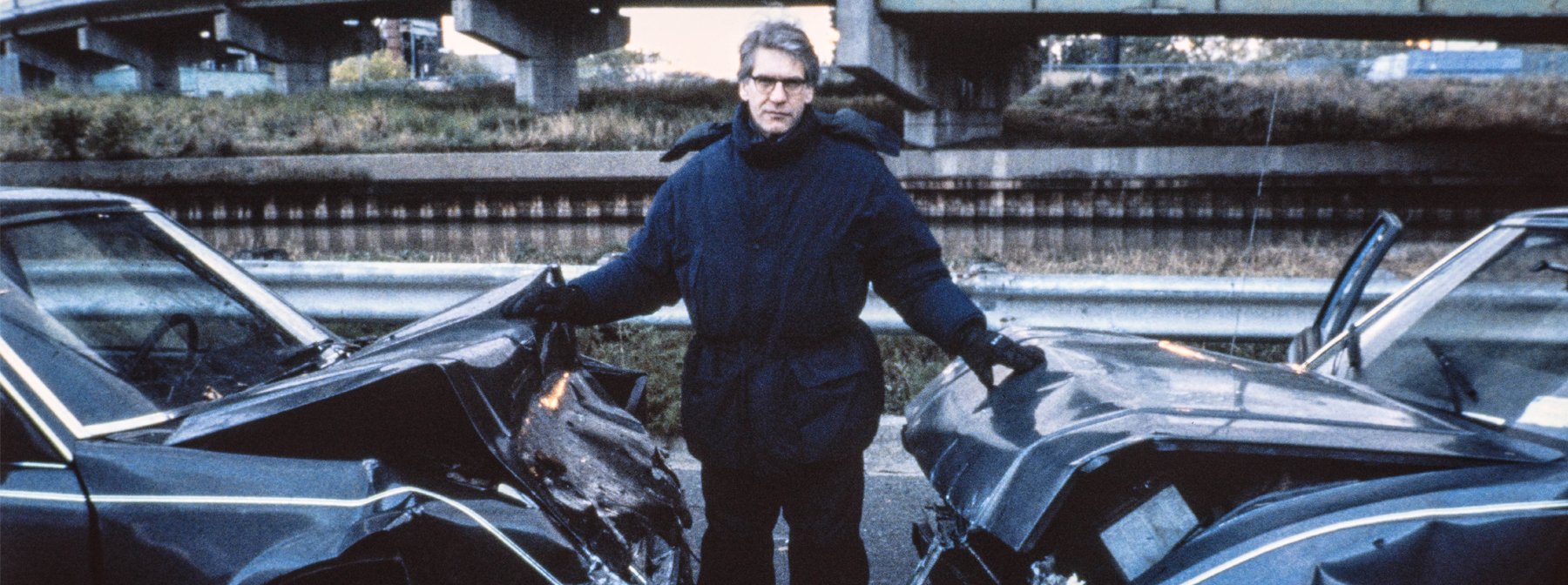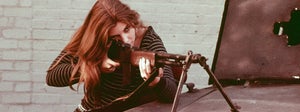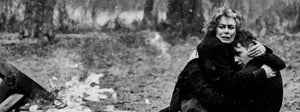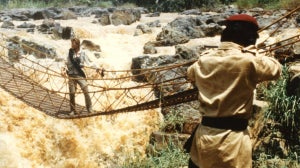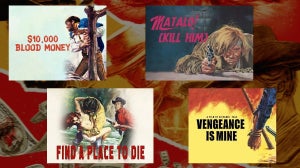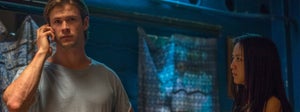
Whether he's the godfather of body horror, Canada's finest auteur or merely a filmmaker capable of excellence across many genres, few could argue that David Cronenberg hasn't left a mark on cinema-goers in his career. His films are notorious for their disturbing world visions, their gross physical effects, and their psychological explorations of humanity's fatal flaws. From the parasitic tower block infestations of Shivers to the virtual reality gaming worlds of eXistenZ, right up to the microcosmic deconstructions of the Hollywood mentality in Maps to the Stars, Cronenberg never fails to make an impression.
With over 20 feature-length films marking a full half-century of controversial filmmaking, choosing a highlights reel is no easy feat. So instead, to mark Arrow's limited edition Blu-ray release of the controversial '90s thriller Crash on UHD and Blu-ray, we've chosen to revisit the scenes that were the most shocking; the most disturbing; the most perverse. These are the scenes that scarred us, the moments that challenged us —the moments that ensured Cronenberg would be a name to go down in the history books.
So get the doggie videos ready, folks. This list's going to be a messy one.
Scanners (1981)
Scene: head explosion
When creating a film about psychokinesis, it makes sense to explain such complex subject matter early on so that the audience understands what they're getting into. That's exactly what happens in David Cronenberg's breakthrough sci-fi flick Scanners. The film opens with a conference held by a military agency inside a large lecture theatre, keen to demonstrate the abilities of a new breed of mind-reading humans.
"The scanning experience," announces the host, "is usually a painful one." But the nosebleeds and stomach cramps he forewarns of end up being the least of his concerns in this mindblowing intro. Unbeknownst to the bespectacled rep, the volunteer sat beside him on stage is not an average joe public; he's something far more powerful and dangerous.
A suspenseful scene ensues as the "scanning" process is shown in all its terrifying glory. It climaxes with one of the greatest physical special effects shots of the decade, largely thanks to the work of The Exorcist make-up artist Dick Smith, and his watermelon-sized fake head full of corn syrup, latex and leftover burger meat.
The film later features eyeballs blowing out their sockets and torsos bursting into flames — but this early telepathic showdown would end up being the scene that defined the entire film, and much of Cronenberg's early career.
Videodrome (1983)
Scene: "Death to Videodrome, long live the new flesh!"
Cronenberg's science fiction ascendency continued in the '80s with Videodrome, a film that brought the theme of mind control into surreal, psychosexual pastures. Starring James Woods and Blondie singer Debbie Harry, it follows the former's Max Renn on a noir-like investigation of a pirate television channel broadcasting violent snuff films to the American public.
But by the time Renn discovers the political motive behind the shady broadcasting operation, things will have already taken a turn for the worse for him. With a brain tumour growing in his head, Renn begins to hallucinate wildly, with visions of murder and bodily transformation blurring the lines between what is real and what is imagined.
It all comes to a head during the film's dramatic final act, which finds our radicalised protagonist pick his side in a deadly battle for "the mind of North America."
The body horror genre was thus born with eight climactic words: "Death to Videodrome, long live the new flesh!"
The Fly (1986)
Scene: The baboon and the cat
Body horror would reach its apex in 1986 with Cronenberg's metamorphic masterwork The Fly, where the arrogant ambitions of Jeff Goldblum's deranged scientist Seth Brundle would lead to a tragic and horrifying fate.
The Fly won an Academy Award in 1986 for its make-up effects, and any one of the numerous scenes detailing Brundle's graphic transformation could take the cake as the film's best. Among them, an ill-fated arm-wrestle with an unlucky barfly; a bathroom respite to investigate new bodily changes; and a vomit-inducing conflict between Brundlefly and his would-be prey.
And while Brundle's graphic transformation is the crux of this powerful film, one of the very best moments concerns another creature entirely. Deemed too cruel for an already rather morbid narrative, it didn't even make the theatrical cut in the end.
So when The Fly was released to cinemas in 1986 to the tune of $60million in box office admissions, a scene featuring the dual transmission of a cat and a baboon via Brundle's teleportation pods was left on the cutting room floor. Shame, because what came out the other side of was one of the most nightmarish creations of Cronenberg's entire canon.
Crash (1996)
Scene: first car crash
"Technology is an extension of our bodies and our brains," said Cronenberg at a career-retrospective conference at the Venice Film Festival 2018. It's a quote that seems most befitting of Crash — his deeply controversial 1996 entry based on a best-selling novel by J.G. Ballard (Empire of the Sun, High Rise); a film which finds the greatest of bodily pleasures in the fiery wreckage of automobile accidents.
One of the most transgressive films of the Canadian's oeuvre, Crash (not to be confused with Paul Haggis' decidedly less controversial 2004 namesake) follows a small group of fetishists who get their sexual kicks from deliberately causing such wanton destruction.
Film critic Gene Siskel memorably remarked that he was "depressed" by the film upon release due to its depraved premise and content. His review show companion Roger Ebert was quick to defend Cronenberg's widely misunderstood counter-culture classic — though he readily conceded that "sex involving wounds and blood and scabs… a lot of people don't want to see it."
The film's premiere at Cannes was marked by mass walkouts. And despite picking up a Special Jury Prize for "Audacity, Daring and Originality", it was, for Cronenberg, the closest he'd come to hardcore porno without featuring anything pornographic.
No surprises, then, that the film's most memorable scene was a devastating car crash. A head-on collision early on in the story results in driver James Ballard (James Spader) looking over to his passenger seat to find an unexpected guest arriving through the bloody windshield in front of him.
Eastern Promises (2007)
Scene: bathroom brawl
Viggo Mortensen was nominated for an Academy Award for his portrayal of Russian-mobster-in-London Nikolai Luzhin in Eastern Promises, his second collaboration with Cronenberg following the similarly excellent A History of Violence. It's a brutal tale of rape, sex trafficking and throat-slittings, but the best scene? It's the one of Mortensen running around naked in a spa. No doubt.
In the unforgivingly slippy environment of a wet-tiled Turkish bathhouse, a pivotal scenario unfolds: two armed hitmen accost Luzhin while he is at his most vulnerable. But Luzhin, it turns out, is not a man to go out without a fight, and it doesn't take long for his would-be-assassins to find themselves regretting their attempted hit.
Captured close-up by Cronenberg's unflinching camerawork, this steamy showdown would help cement Eastern Promises as one of the most vital gangster movies of the 21st century. It was proof still that in his fifth decade of filmmaking Cronenberg hadn't yet lost his nerve.

Related Articles


